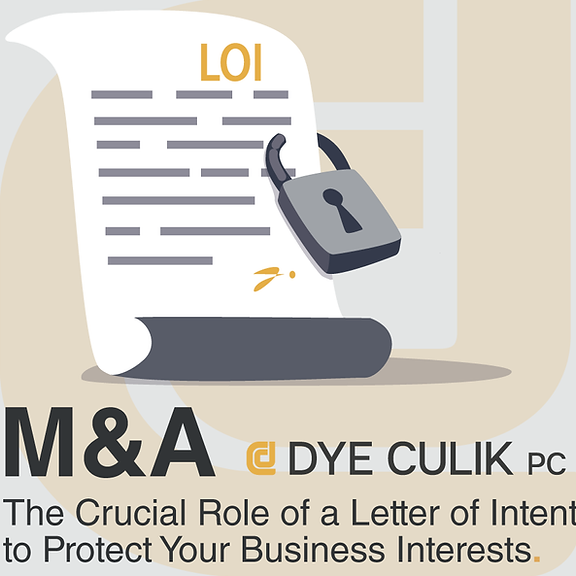Mergers and acquisitions (or M&A, as we jargon busters like to refer to it) is big business for investment banks. It encompasses companies buying other companies, selling companies, or dividing up companies.
Investment banks will support their clients (usually medium-sized or large companies) in these activities and help them to finance them. Millions, even billions of pounds are involved in the biggest transactions, and cross-border deals are also common so there’s a real international dynamic to this area of banking. M&A shapes and grows the world business landscape, making this an exciting, appealing, influential and therefore naturally very competitive field to work in.
M&A deals occur for various reasons; whether it’s because a company wants to expand and broaden its remit, or geographical presence, or perhaps to generate finances or get out of financial difficulties. These transactions don’t tend to happen overnight. It often takes months and months – and a heck of a lot of paper work and negotiations – to close the largest deals.
Mergers & acquisitions in a nutshell…
A client will notify the bank, telling them they want to buy or sell. Sometimes they’ll already have a target company they’d like to buy, merge with or sell to, and talks between the two companies will have already kicked off. However sometimes the approach will be speculative, and the company is looking for ideas from the bank’s experts on the best bargains and potential lucrative acquisitions. ‘Targeted’ deals are most common with the largest companies.
Investment bankers typically work on either the buy-side or the sell-side of a deal. Analysts and associates working on the buy-side of a deal (i.e. representing a client wishing to buy another company) will often support research into prospective purchases, including due diligence when necessary (facilitating the exchange of documents between the two parties when as either side conduct their own research on things like investigation into the accounts or the target’s client network and products). They may also focus on things like emerging markets, or other geographical areas.
The buy-side also tends to have a heavy focus on financing – advising on the client on the best way to arrange and structure finances and a price they should aim for to make it possible to buy. The analysts will conduct modelling for this. The bank will then raise the debt necessary to allow the buy-side company to go ahead with the deal, making money for itself in the process through the interest on the debt.
On the sell-side, it’s the analysts’ and associates’ job to make presentations and pitch a sale or merger on behalf of their clients to potential buyers/merger companies respectively. They need to drum up as much interest – and high offers – as possible for their client in order to push for the highest price if they’re looking to sell, or the best deals in mergers or acquisitions. The range of potential buyers or sellers the analysts and associates will approach is often determined by the kind of deal and the kind of client they represent: some deals will simply be out of the price range for a large number of companies, so there will be a smaller, more exclusive shortlist to deal with initially. ‘Broad deals’, which are when the client doesn’t know who they want to sell to tend to open up the floor to a wider range of potentials.
On both the buy-side and the sell-side, analysts gather offers to utilise in negotiations, and together with the associates negotiate the best prices for the deal. During the process they will also usually liaise with lawyers working on both the buy-side and the sell-side and representatives from the other party.
Traits of M&A bankers…
With all of that toing and froing, M&A specialists are unsurprisingly a pretty persuasive bunch! They have to be smooth talkers and confident public speakers, dedicated to getting the best deal for their client.
There’s also a lot of administrative and organisational work involved in M&A, particularly in graduate level roles. Analysts will have to keep track of multiple requests for information and updates on offers at any one time.
Bankers in M&A will also, of course, have to be nit-pickers for detail and have the ability to spot the best potential deals for their clients when they conduct research. Commercial awareness is, as always in banking, paramount. They’ll also have to be able to turn their hand to mathematics when doing valuations or modelling to demonstrate to clients how a potential deal could pay off for them.
You’ll need a degree, usually in a finance related subject although other disciplines will be considered, to get a graduate spot in M&A. Investment banks are notorious for their demand that applicants have work experience with an investment bank, so be smart about it and work hard to get that internship if this is where you want to be.

For years I have studied American finance regulations. All the information in this blog is sourced from official or contrasted sources from reliable sites.
Salesforce Certified SALES & SERVICE Cloud Consultant in February 2020, Salesforce Certified Administrator (ADM-201), and Master degree in “Business Analytics & Big Data Strategy” with more than 13 years of experience in IT consulting.
